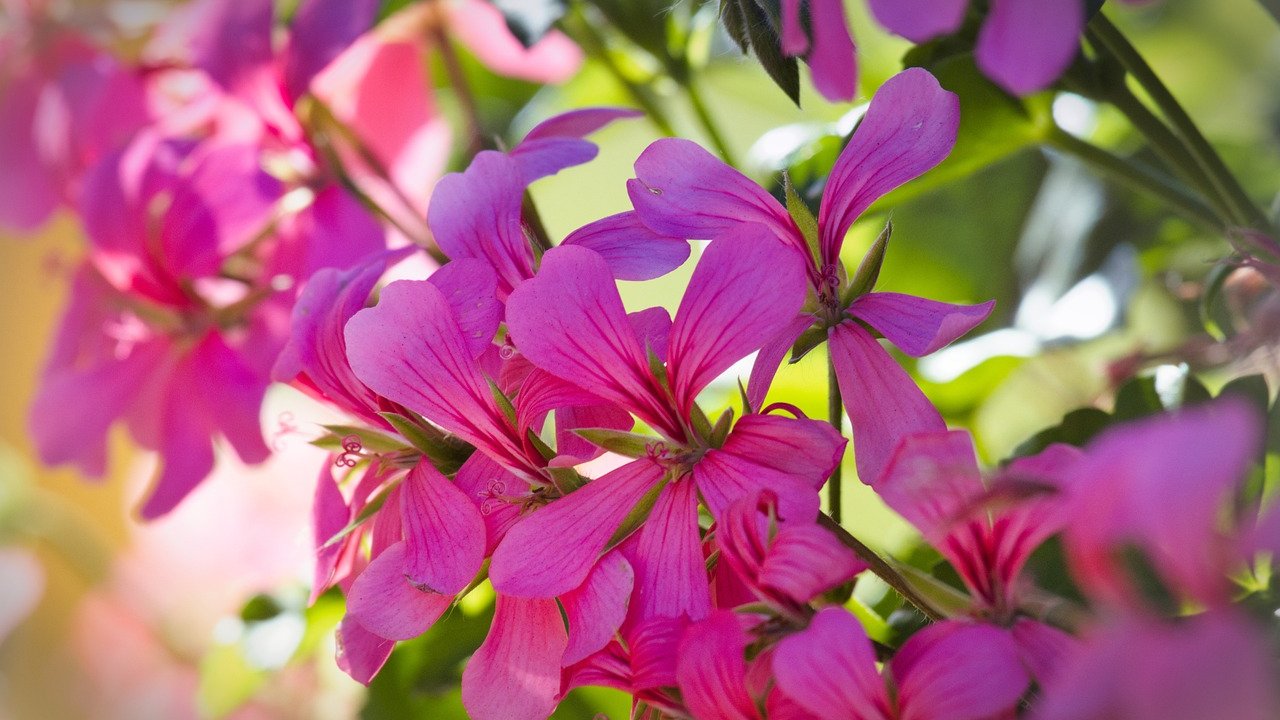
If you've ever lamented over a shriveled-up houseplant or a garden full of wilted flowers, you're not alone. Many of us love the idea of a house filled with lush, green plants or a garden teeming with life, but struggle to keep them alive. Fret not! Here's a list of five plants that are nearly impossible to kill, even for those of us without a green thumb.
1. Snake Plant (Sansevieria trifasciata)
The snake plant, also known as mother-in-law's tongue, is a popular choice for those looking for a hardy indoor plant. It can survive in low light conditions and irregular watering, making it a perfect choice for those who can be a bit forgetful.
2. ZZ Plant (Zamioculcas zamiifolia)
Next up is the ZZ plant. This plant is a great option for those who don't have a lot of natural light in their homes. It's drought-tolerant, meaning it can survive without water for quite some time.
3. Jade Plant (Crassula ovata)
Jade plants are succulents, meaning they hold water in their leaves. This feature makes them incredibly forgiving when it comes to watering. Forget to water it for a week or two? No problem - the jade plant won't mind.
4. Spider Plant (Chlorophytum comosum)
Spider plants are not just hardy, but also incredibly easy to propagate. If your plant grows too large, simply cut off a 'pup' and place it in a pot with soil. It'll soon grow into another hardy spider plant.
5. Peace Lily (Spathiphyllum)
Last but not least, the peace lily. This plant not only adds a touch of elegance to any room, but is also known for its ability to survive in low light and cooler temperatures.
Here's a quick comparison table for your reference:
Remember, even these hardy plants need some care. The key is understanding each plant's unique requirements and adapting as necessary.











